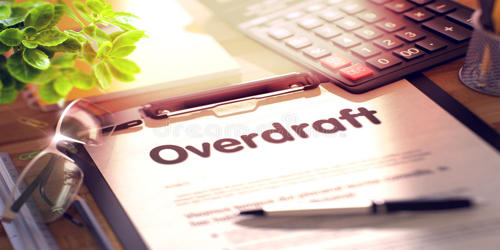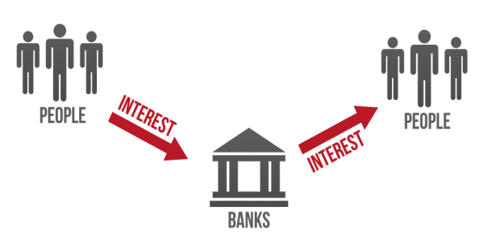An overdraft occurs when money is withdrawn from a bank account and the available balance goes below zero. In this situation, the account is said to be “overdrawn”. It is a deficit in a bank account caused by drawing more money than the account holds. It occurs when the amount withdrawn from an account exceeds the available balance. It is also sometimes referred to as “insufficient funds.” The overdraft allows the account holder to continue withdrawing money even when the account has no funds in it or has insufficient funds to cover the amount of the withdrawal. An example of an overdraft is to write a check for $40 when you only have $20 in your account.
An overdraft lets you borrow money through your current account by taking out more money than you have in the account. There’s usually a charge for this. If there is a prior agreement with the account provider for an overdraft, and the amount overdrawn is within the authorized overdraft limit, then interest is normally charged at the agreed rate. If the negative balance exceeds the agreed terms, then additional fees may be charged and higher interest rates may apply. Overdraft fees are a type of short-term lending, for which banks charge fees rather than interest.
A bank account overdraft happens when an individual’s bank account balance goes down to below zero, resulting in a negative balance. It is a form of debt and is repayable on demand. Always make sure you have enough money in your current account, or a suitable limit in place before any payments are due to come out of your account. You can overdraw your account through checks, ATM transactions, debit card purchases, automatic bill payments, and electronic or in-person withdrawals.
Types of overdraft –
- Authorized overdrafts: are arranged in advance, so they’re also known as ‘arranged’ overdrafts. An Arranged Overdraft is when we agree to a limit that lets you spend a bit more money than you have in your current account. You agree on a limit with your bank and can spend money up to that limit. Of course, the arrangement comes with a service fee that varies from bank to bank.
- Unauthorized overdrafts: these are also known as ‘unplanned’ or ‘unarranged’ overdrafts and happen when you spend more than you have in your bank account without agreeing on it in advance. It is when you spend more money than you have and you haven’t previously arranged an overdraft limit with us or you have exceeded your existing overdraft limit. These bank account overdrafts incur higher fees, which makes them more expensive.
















